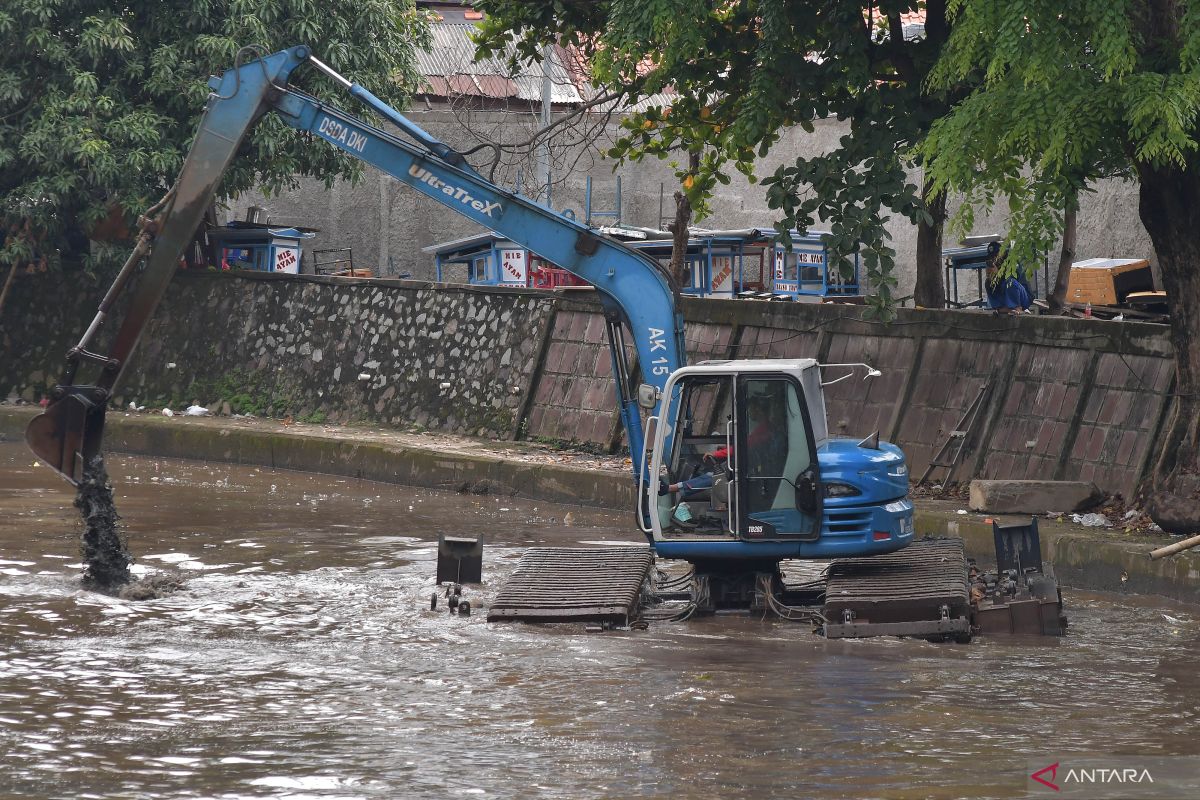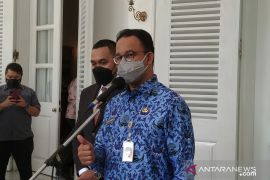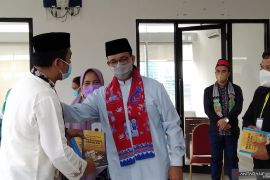"Normally, the rainfall intensity is 150 millimeters per day, but now, we are facing 150 millimeters per two hours. You can imagine the volume of stagnant water that can cause floods in some areas," Baswedan stated at Taman Ismail Marzuki (TIM) in Jakarta on Saturday.
With this condition, the low-level and sunk areas are prone to flooding due to the high intensity of rainfall, he remarked.
To this end, the governor has optimized all infrastructure needed to anticipate and accelerate the handling of floods due to extreme rains.
Related news: South Jakarta asks each district, village to establish disaster post
Earlier, the Jakarta Water Resources Service (SDA) deployed 455 stationary pumps and 457 mobile pumps to suck up water during floods that hit several locations in Jakarta a few days ago.
The water levels varied from 40 centimeters to 1.3 meters due to high rainfall and the overflowing of several rivers, including Pesanggrahan, Krukut, and Cipinang.
In addition to pumps from the SDA Service, hundreds of officers from the public infrastructure and facilities (PPSU) service and regional disaster mitigation agency (BPBD) in Jakarta were deployed in flood mitigation.
Apart from residential areas, inundation also occurs on several roads in Jakarta that led to traffic jams.
The Jakarta BPBD reminded the public to remain careful and alert to the potential for inundation due to rainfall.
In an emergency, the public can call the 24-hour helpline number 112, free of charge.
The Meteorology, Climatology, and Geophysics Agency (BMKG) earlier stated that extreme weather in Jakarta is expected to occur on October 2-8, 2022.
Related news: Jakarta uses social media to broadcast disaster-alert information
Translator: Dewa Ketut S W, Resinta S
Editor: Rahmad Nasution
Copyright © ANTARA 2022












